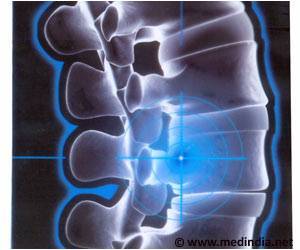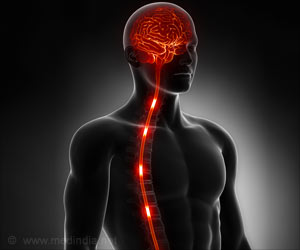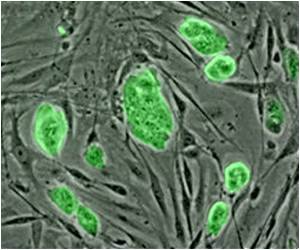Specific gene signatures may help predict spinal cord injury outcome after surgery, finds a new study.

‘Of all the gene groups studied, M3 genes were found to be most strongly linked to injury severity, which suggested that these genes could make an ideal biomarker for predicting injury severity.’





At the moment, there are no widely available treatments capable of immediately restoring motor and sensory function after injury. A major barrier is the lack of understanding of the complex cascade of biological processes that occur when a spinal cord injury happens."Our understanding of the pathophysiological processes triggered by spinal cord injury is fragmentary," explains senior author Michael Skinnider, a medical and PhD student at the University of British Columbia, Canada. "We set out to integrate the data from decades of small-scale studies using a systems biology approach."
The team first reviewed past experiments to find genes associated with the response to spinal cord injury, searching through more than 500 studies. They found 695 unique human genes that had been linked with the response to spinal cord injury and, of these, 151 were linked in more than one study. Further analysis showed that the genes are biologically and functionally related, coding for groups of protein molecules that physically interact with one another.
To find if these genes truly reflect functional changes after spinal cord injury, the team constructed a network of genes from healthy human spinal cords and integrated this data with those determined from the experimental studies. They found that two groups of genes (M3 and M7) included a high number of the genes that had been previously pinpointed in experiments as important in the response to spinal cord injury.
They next looked at five experimental studies of gene expression in mice and rats after spinal cord injury to see whether these gene groups (and others) were significantly altered. They found that four gene groups, including M3 and M7, were switched on, and a further two gene groups were switched off. Some gene groups were not as connected in mice and rats as in humans, suggesting that they might be human-specific markers of spinal cord injury. Other gene groups were only important at a certain time-point after injury, suggesting that they are involved in the transition from acute to chronic injury.
Advertisement
"We have developed an integrated, systems-level approach to understand the mechanisms of spinal cord injury," concludes lead author Jordan Squair, MD/PhD student at the University of British Columbia, Canada. "We have identified gene signatures that predict injury severity and, if reversed therapeutically, could potentially increase functional recovery."
Advertisement











